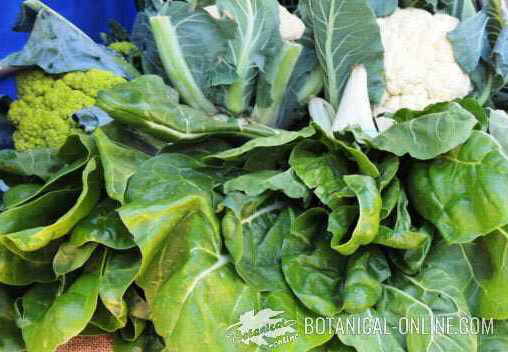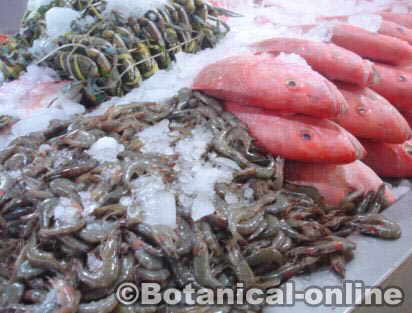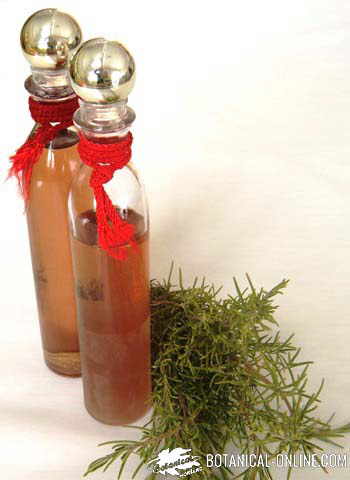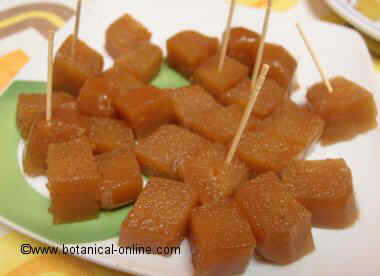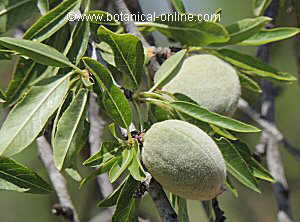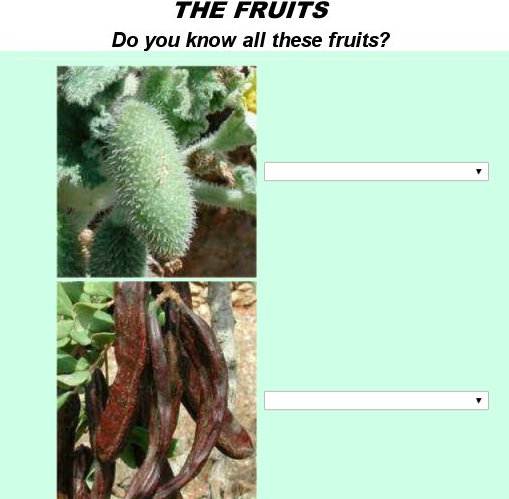Contents
What is a comfrey?
Comfrey characteristics (Symphytum officinale)
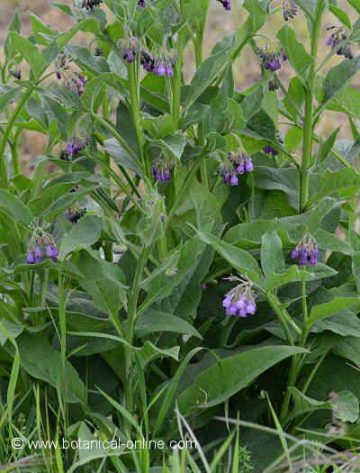
Common English name: Comfrey, common comfrey, true comfrey, cultivated comfrey, knit-bones plant, healing herb, back wort, bruise wort, gum plant, quaker comfrey, knitbone, consound, sleepery- root, boneset.
The name “Comfrey” comes from the Latin “consolida” and means to consolidate or merge. The ancients put this name because they believed that this plant was used to join broken bones and open wounds.
Botanist Andres Laguna refers in this way when he describes the properties of its root: “Welds broken instruments, set loose and affected members and eventually fortifies the skinny and weak ”
*See: Comfrey in other languages
Description of comfrey
Vivacious herb up to 1.4 m tall. More woody at the top. Born from a large, dark fleshy root.
Erect stems alternate.
Recurring, whole, wrinkled leaves with marked rib and rough hairiness; upper ones, lanceolate; lower ones, larger and more ovato-lanceolate.
Flowers, gathered in terminal tops, pink, white violet or purple. It blooms from June to October.
Active ingredients or components of comfrey
Active parts: Mainly the root, where most of alkaloids and principles are. To a lesser extent, the leaves.
- Pyrrolizidine alkaloids: Symphytine, consolidine, lycopsamine, lasiocarpine, echimidine, symphytine, acetyl lycopsamine, consolicine, intermedine, acetyl intermidine, symphycynoglossin etc.
- Acids: lithospermic, caffeic, chlorogenic, ascorbic and rosmarinic.
- Mucilages
- Tannins
- Allantoin
- Starch
- Inulin
- Amino acids
- Niacin
- Stigmasterol
- Essential oil
![]() More information on comfrey contraindications, properties, cultivation and toxicity.
More information on comfrey contraindications, properties, cultivation and toxicity.

